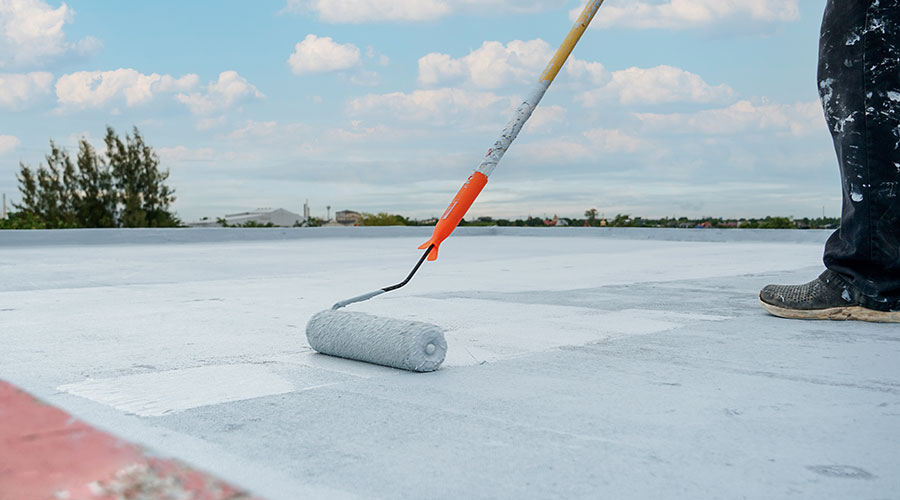Managers Search for Non-Asphalt Adhesive
One of the latest developments for managers seeking options for roofing systems is the arrival of self-adhered (SA) modified bitumen membranes. These membranes have a sticky, modified asphalt surface on one or both sides that generally is protected by a paper or polyethylene release sheet.
Most prominent roofing manufacturers either have introduced an SA sheet or are developing one. The predominant marketing focus is the ability to install a multi-ply modified bitumen roof without asphalts, adhesives, or torches.
For years, the installation option for multi-ply modified bitumen roofs has been to adhere the sheets with hot asphalt, adhere them with an adhesive, or melt the back of the sheets with a torch, which creates a cohesive bond between the materials. All of these methods have been successful for many years. But times have changed.
Alternatives to Asphalt
Facility owners and managers are looking for adhesive materials other than asphalt. Although asphalt is a great adhesive, it requires heating to be effective.
Many people object to the heating process because it creates fumes and odors and can cause irritation and illnesses for some people. These odors have been known to enter a building through air intakes and doors and can contaminate food products and absorptive materials. Heating and transporting hot asphalt also can be difficult and unsafe.
To some degree, adhesives present the same odor problems. Most manufactures have reduced the quantity of solvents in adhesive significantly to meet requirements for volatile organic compounds (VOC). But the materials still have some solvents that need to flash off for the adhesive to do its job.
Experience has proven that even low-solvent adhesives can cause odor contamination, irritation and illness. Although adhesives can have an odor similar to asphalt, workers can safely transport a cold adhesive even to areas that are difficult to access.
Although torching is the best way to adhere modified bitumen sheets together, the process can be dangerous. During the torching process, the installer melts the backside of the modified bitumen sheet with an open flame. In the hands of unskilled or inexperienced workers, the results can be disastrous.
Related Topics:















